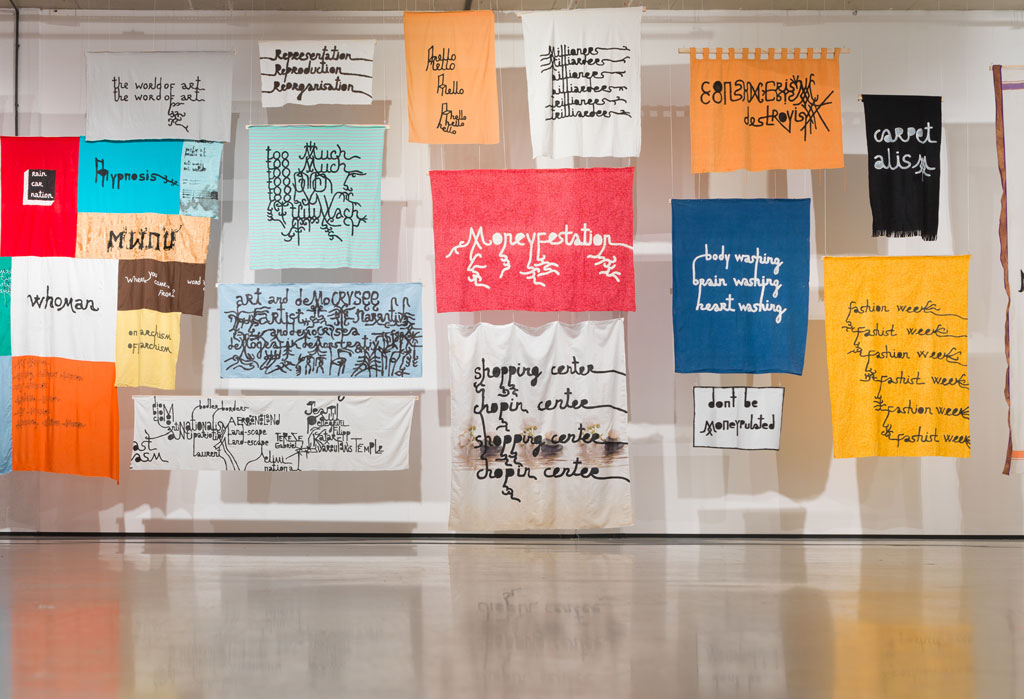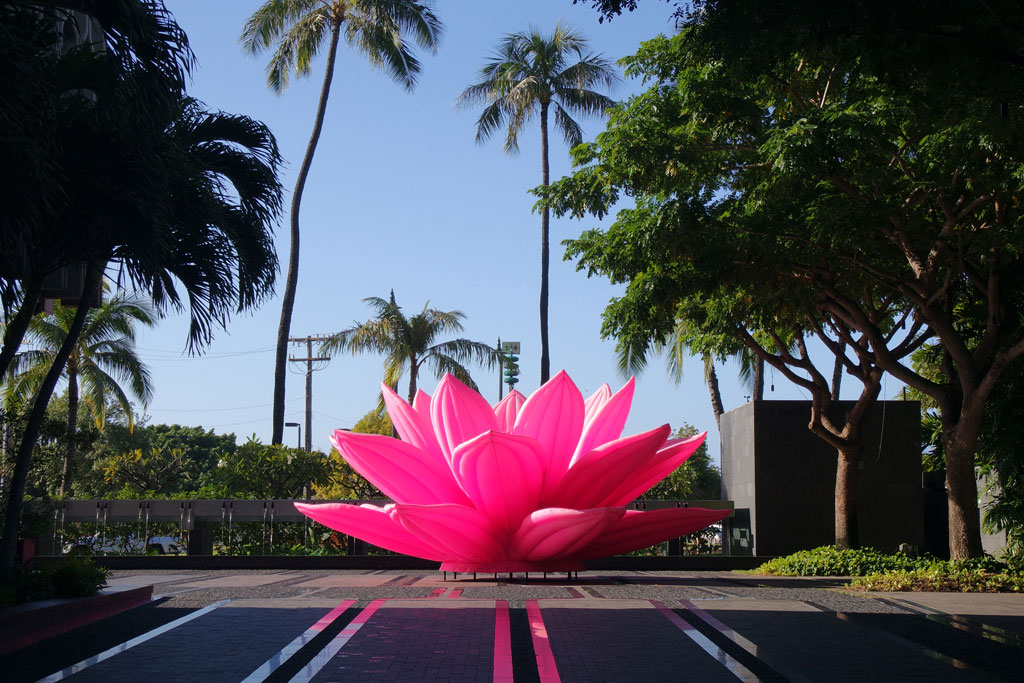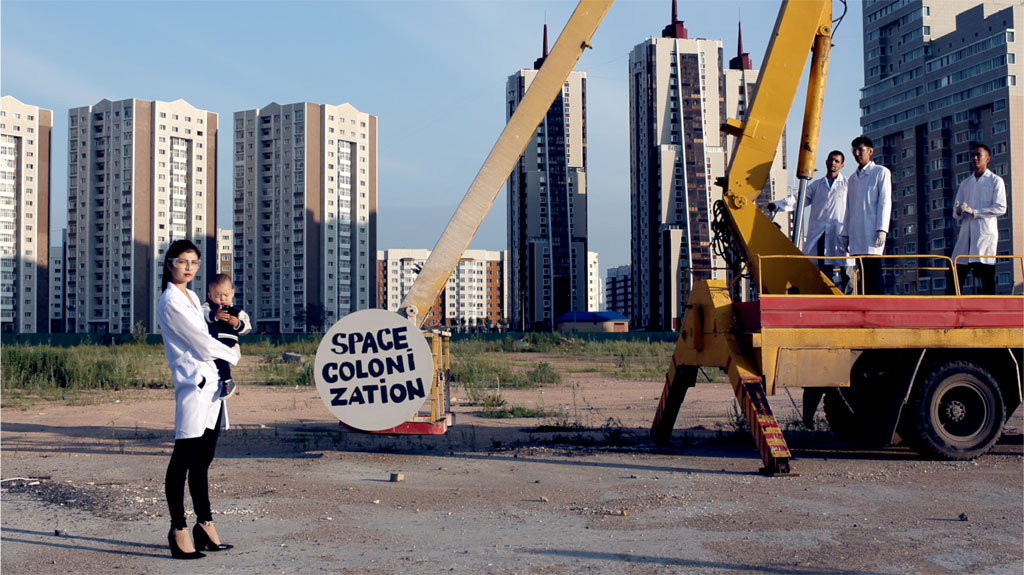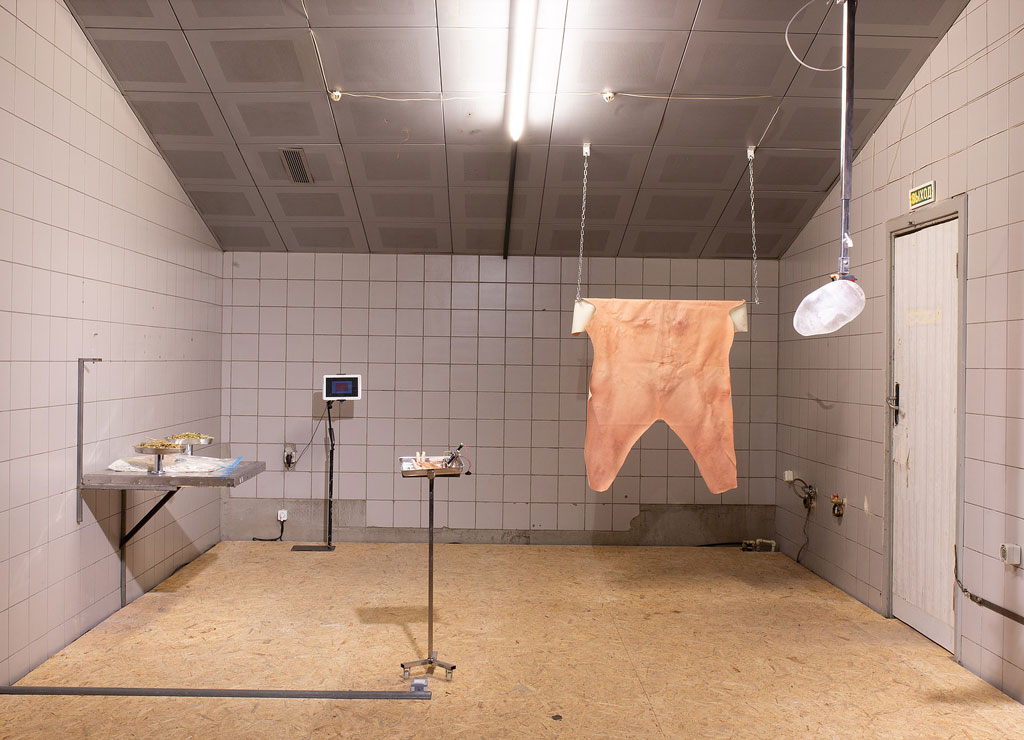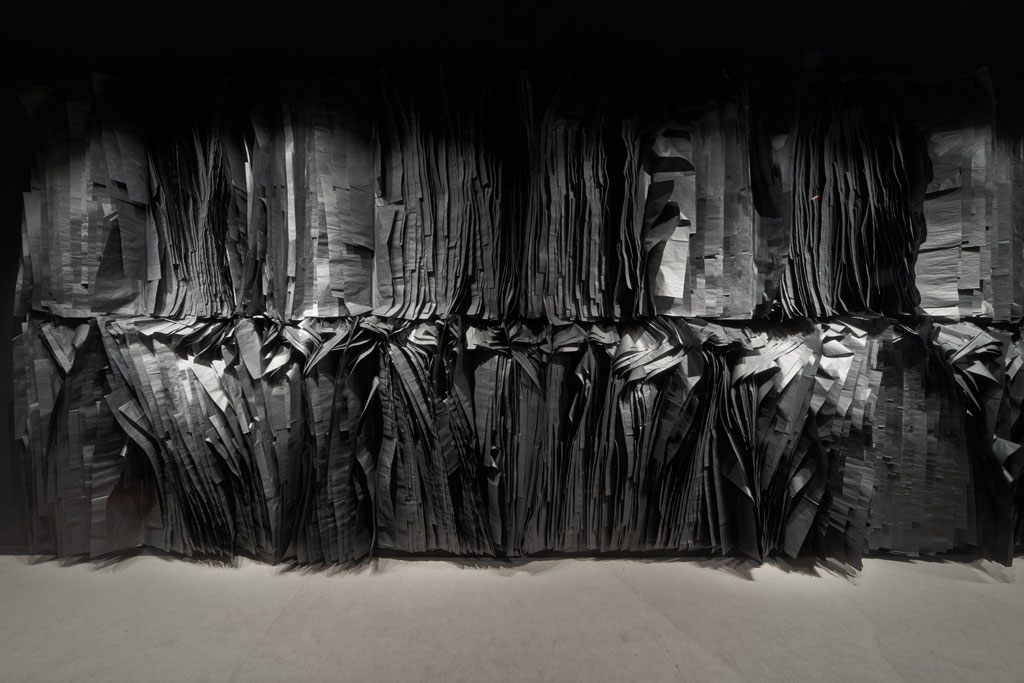ART-PRESENTATION: Racing The Galaxy,Part II
 “Racing The Galaxy” is the title of the very first international exhibition in Kazakhstan, bringing together around 20 artists from 15 countries, enriching each other and creating a new intercultural dialogue. The exhibition convenes all artistic mediums to emphasize the impermanence of social, political, economic and aesthetics rules, reflecting on transitions, displacements and mingling, as an echo of the heterogeneous culture of Kazakhstan which is currently experiencing a period of total reinvention and unbridled creativity (Part I).
“Racing The Galaxy” is the title of the very first international exhibition in Kazakhstan, bringing together around 20 artists from 15 countries, enriching each other and creating a new intercultural dialogue. The exhibition convenes all artistic mediums to emphasize the impermanence of social, political, economic and aesthetics rules, reflecting on transitions, displacements and mingling, as an echo of the heterogeneous culture of Kazakhstan which is currently experiencing a period of total reinvention and unbridled creativity (Part I).
By Dimitris Lempesis
Photo: Astana Art Show Archive
In the exhibition “Racing The Galaxy” at Palace of Independence in Nur-Sultan, in which 40 Kazakh and foreign artists from 15 countries present their works dealing with the gradual dissolution of dichotomies between East and West, in the era of global communication and the confrontation and melting of cultures, referencing the idea that artistic forms travel, mingle and enrich each other, from one continent to another. The exhibition brings together experiences, territories, continents and people. It constantly reveals the ambivalence of migrating artists and motionless travellers, always taken between different states, different positions. The exhibition embodies the plurality of the contemporary artistic scene facing the new challenges of our contemporary world such as globalization, multiculturalism, identity, gender, minorities, the quest for the future, the instability of perception and preconceived ideas as well as the appropriation of history. As the word “Kazakh” signifies the “free man”, the “nomad” or the “exiled”, the spirit of nomadism and freedom shared by these artists is the guiding thread of the exhibition which aims to raise awareness on the dissonances of a changing world and its contemporary mirages. In the photographic series “Nomad”, Askhat Akhmediarov plays the contradictory character of a sedentary itinerant or a nomadic non-traveller. The clash of civilizations creates this paradoxical situation to see mobile populations adopt consumer attitudes. In the middle of the steppes, this new nomad installs his soviet furniture in a fictional urban architecture, within a wild landscape, unsuited to his lifestyle. This absurd image questions with humor gaps that might exist between respect for traditions and the adoption of new sedentary behaviors clearly influenced by the West. Facing these models of comfort that television gives him access, the nomad is desperate, isolated, seeking in vain walls that promised him security. Aigerim Akhmetova (Aika) is an interdisciplinary artist working in sculpture, installation, performance, video and painting. She was born in Almaty Kazakhstan but currently located in New York City. Her work explores queer sexualities, gender norms, citizenship, traditions, power dynamics and domesticity, mainly focusing on her own lived experience as a queer Kazakh woman. She is concerned with an ideo of a body, and bodily substances in her imagery. Figure of the underground art of St. Petersburg in the 1990s, Babi Badalov moved to Paris where he obtained political asylum in 2011 after several years spent between Russia, United Kingdom and Azerbaijan. As a traveller and a poet, he examines the limits of language and how it can isolate us from individuals of different languages and cultures. His visual poems, declaimed in the many languages that pass through his own experience, sometimes appear as political or advertising slogans combined with manipulated images, sometimes as installations, performances or language games, testifying to his misunderstandings about current polarizations. Vajiko Chachkhiani’s works are characterized by their poetic humanism spirit located between personal experience and political reality, psychological explorations and material immediacy. The starting point of many of his works is directly or indirectly link with the exchange of objects or actions between people, sometimes appearing as a performance. The artist condenses his subjects by using reduced forms that create a subtle interplay between revelation and dissimulation. The ordinary materials he uses and the traditional know-how of his works derive from a banal everyday reality. Ange Leccia began as a painter, before starting in the 1980s a practice centred around photography and video, two mediums through which he tries an analysis of human behaviour. Frequently using references to cinema in his videos, he borrows his vocabulary to the film world: light, time, space are the raw materials of his videos. To evoke his filmic devices, the artist speaks not of images, but of “stations”: downtime, eye alert, moment of observation, place and moment of reception and diffusion. Almagul Menlibayeva works mostly in multi-channel video, photography and mixed media installation. Menlibayeva’s work addresses issues such as critical explorations of Soviet modernity; social, economic; and political transformations in post-Soviet Central Asia and decolonial reimaginings of gender, environmental degradation, and Eurasian nomadic and indigenous cosmologies and mythologies. Gulnur Mukazhanova works with traditional Central Asian materials, like felt and brocade subverting their conventional uses in domestic environments and using them to create complex installations and props for her photo and video projects. Based upon her personal life, travelling between two cultures, she defines her artistic concern by choosing her topic in way that allows her work to critically differentiate the individual identity and identification with an ethnographical developed culture from the current globalization, as well as the mutually influencing interaction between them. Applying the practice of marginal journalism to his artwork, Anvar Musrepov pushes the boundaries of socio-political correct content. His deviant projects study the psychology and nature of people, modern traditions, and culture hypocrisy. Exploring the identity after internet, he is examining the extent to which we are formed by the local context into which we are born. In his works he compares ideas of nomadism to the current culture of internet surfing. He plays with Orientalism and reproduces an external, often exaggerated, view of himself, but does so at the intersection of internet culture, consumerism and national traditions. Aza Shadenova born in Uzbekistan and raised in Kyrgyzstan, she moved to the UK in 2007 and is now based between London and Hastings. Her career breakthrough happened in 2013, with her participation in the 55th Venice Biennale as part of the Central Asian Pavilion. Back then Shadenova’s main media were video and photography, and her main subject the emerging identity of young girls on the crossroads of cultures in Central Asia.
Participating artists: mentalKLINIK, Aika Akhmetova, Almagul Menlibayeva, Ange Leccia, Anvar Musrepov, Askhat Akhmediyarov, Aziza Shadenova, Babi Badalov, Carlos Cruz-Diez, Choi Jeong Hwa, Dagoberto Rodriguez, Gulnur Mukazhanova, Joel Andrianomearisoa, Leandro Erlich, Michelangelo Pistoletto, Mircea Cantor, Thukral & Tagra, Vajiko Chachkhiani, Wang Du and Wang Yuyang.
Info: Curators: Dina Baitassova, Jérôme Sans, Palace of Independence, 52 Tauelsizdik Avenue, Nur-Sultan, Duration: 3/7-30/8/19, Days & Hours: Tue-Sun 10:00-18:00, https://2019.astanaartshow.com
